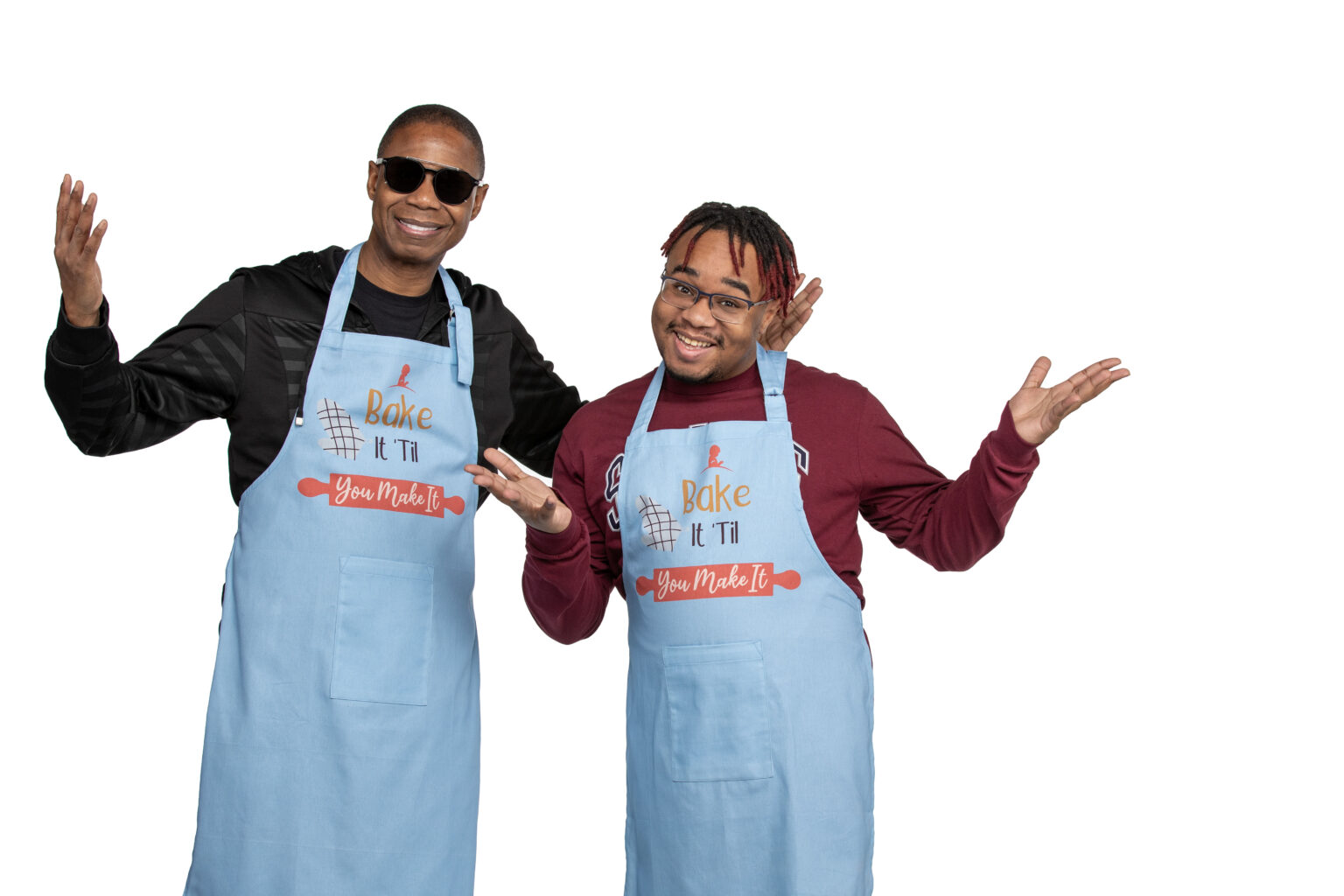If you want to be inspired by a living example of a fighter, look no further than a young man who conquered cancer three times. The battle against the disease began early in life for Javon at St. Jude Children’s Research Hospital.
“As a child, I grew up at St. Jude. I was used to being around children who were being treated for cancer. I just thought I was a normal kid. They became my village,” says Javon, a college honors graduate, marching band musician and home cook.
A Village Life at St. Jude
Life changed dramatically for two-year-old Javon when doctors told his mom he had cancer. The toddler moved from Mississippi to St. Jude Children’s Research Hospital in Memphis.
The staff and other patients and their families became his village. Radio, film and TV star Danny Thomas opened the hospital in 1962. Some 8,600 children from the U.S. and other countries go to St. Jude each year for treatment and participation in research programs.
Javon endured years of chemotherapy, radiation and other treatments for acute lymphoblastic leukemia (ALL). After periods of remission, his cancer returned when he was four and again in 2010 at age nine. His father became the bone marrow donor for the stem cell transplant that finally left his son cancer-free.
“During the process, there were ups and downs. But the real fight was the aftermath – seeing how my body was going to heal, seeing how my body was going to react, seeing how my hair was going to come back, seeing how my appearance was going to change,” recalls the cancer survivor.
Ironically, St. Jude also treated his mom, Lisa, for cancer when she was a child. Her comments about the chairs where loved ones spent long hours in patients’ rooms prompted hospital officials to provide more comfortable seating for visitors.
Javon shares another way doctors, nurses, and other medical professionals offer comfort and support. “They were like family. When my birthday came around, they pretended like they didn’t remember. But at the end of my treatment and appointments, they used to bring out a birthday cake. The nurses and doctors would pitch in and bring me a Power Ranger or something that caught my attention.”
Extended stays in St. Jude housing allowed Javon to bond with other patients and their families. He remembers learning about the cuisines and music of other cultures. “There were different people from all over the world. That’s how I got some of my recipes. It’s how I learned how to combine my Mississippi culture with Louisiana culture and try to create something,” he adds.
By Phyllis Armstrong


